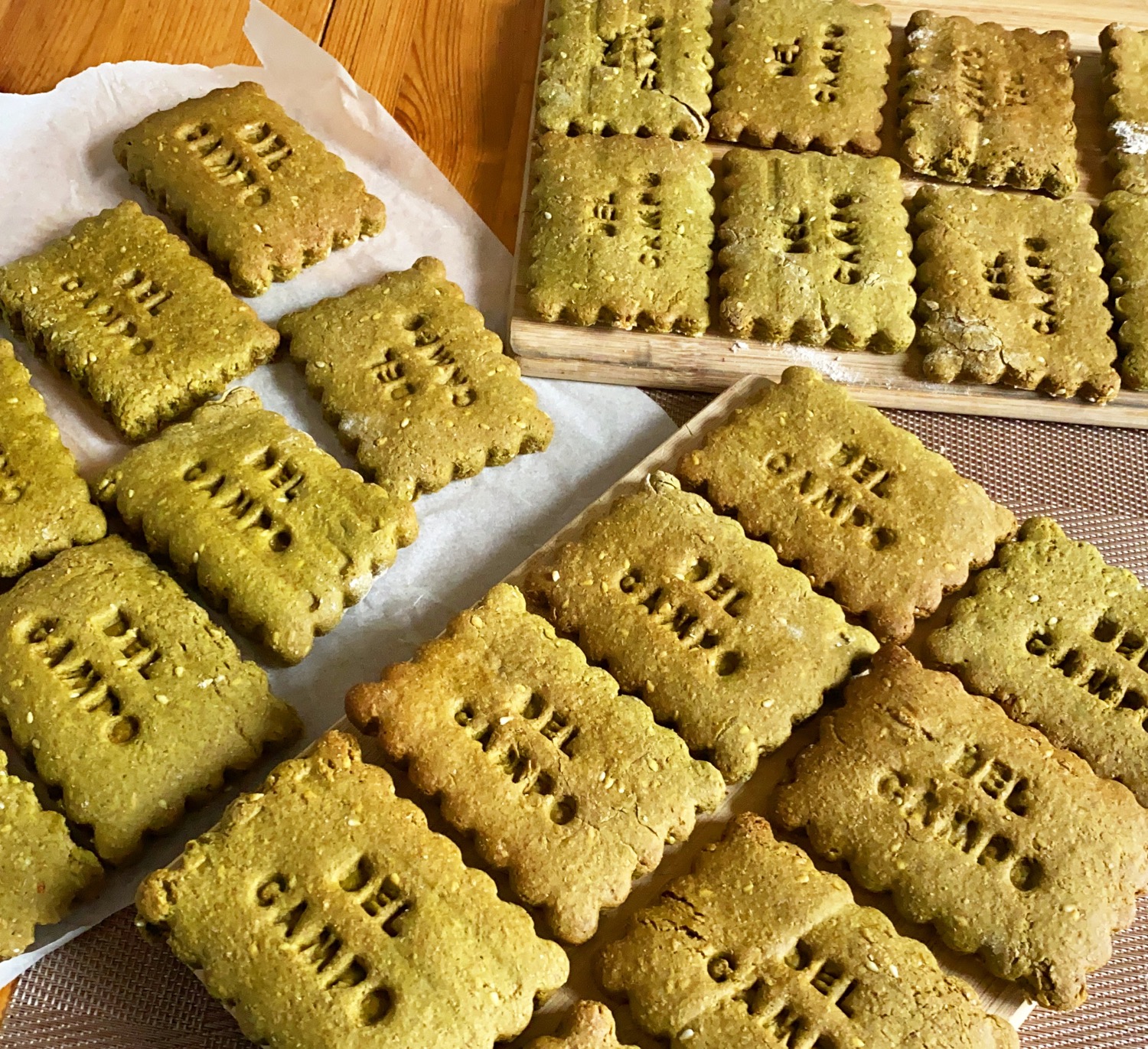Dog Proof Your Home with a Dog Friendly Garden
- sczechowicz

- Oct 28, 2021
- 3 min read
Having a dog as part of your family brings countless benefits. Perhaps when you thought about getting a new pet, you imagined playing with your dog – playing fetch in the park, or a cute puppy running around in your garden.
Playing with your dog in the garden is a great way to bond, giving your dog needed fun time and exercise, along with privacy and security. Especially if your dog gets nervous in public spaces such as parks, playing in the garden can be great for both of you.
However, before you let your pooch loose in the garden, you need to make sure your garden is dog friendly. While you want to great a fun space for your dog, the number one concern should be safety. There are certain elements of a garden, such as toxic plants, that can cause harm to your dog. So let’s consider a few key points to think about before letting your dog loose in the back yard!
Creating a Safe Space
Your dog’s safety should be the primary concern. It’s always good to do a quick check of your garden before letting your dogs outside. Depending on where you live, passers-by may throw litter or bits of food into your garden, especially if you don’t have a high fence. Your dog might find the litter and eat it.
Also, wandering cats might poo in your garden. Cat poo is a delicacy to dogs, so if your pet finds it, they’ll probably eat it! If this is a regular problem, it’s good to check for any litter or poo before letting your dog into the garden.
Enclosed Spaces
Ideally, your garden should offer security and privacy. Tall, secure fences or walls are good for keeping your dog in – and other animals out. Occasionally check your fences, to make sure there aren’t any gaps that your dog could squeeze out of.
This is especially important if you live near a road. Even if you have a well-trained, reliable dog, there’s always the possibility that your dog could see something that catches their eye – like a cat on the other side of the road, for example. A secure space means that you can confidently let your dog out to run around in the garden.
Avoid Using Harmful Chemicals
Just because your dog loves running around in your garden doesn’t mean you’re excused from gardening! However, many gardening products contain harmful chemicals. For example, slug-repellent pellets are toxic to dogs. Additives in ponds are also a bad idea, as your dog may try and drink from water features.
Beware of Toxic Plants
Most dogs will eat anything they think is edible – and this could extend to plants, too. Some plants are toxic to dogs. Especially if you have a large garden and can’t keep your dog in your eyeline all the time, beware of your dog eating large quantities of plants.
Of course, this doesn’t mean you can’t have beautiful flowers and plants in your garden. Puppies are more likely to try and eat plants, and they often grow out of this behaviour. However, if you’re concerned, there are plenty of non-toxic plants you can put in your garden. Sunflowers, roses, and snapdragons are safe for dogs to eat. Feel free to do your own research and find out what plants you can safely add to your garden.
Creating a Fun Space
A garden is the perfect place to train a new dog. You can teach your dog all the basic commands, such as sit, stay, fetch, lie down, come back, and more, all without the worry of your dog deciding to try and run away. A properly enclosed garden gives privacy, the perfect place for your dog to burn off excess energy.
There are a few things you can do to make your garden a fun and stimulating environment for your dog.
Clearly Defined Boundaries
An excited dog running through your flowerbeds is a recipe for destroyed plants. Flimsy plants aren’t likely to last long in a garden with a boisterous dog, so this is something you may want to consider.
Raised flower beds and defined boundaries can keep your dog from digging in your vegetable patch or racing through your prize Michaelmas Daisies.
A Variety of Textures
Creating a fun environment could be as simple as adding extra textures to your garden. There could be a shrubbery that your dog is free to sniff around in, a gravel drive, and a mossy lawn. If your garden is large enough, why not create paths for your dog to run along, and designed digging areas?
Open Spaces
If your garden has space, a smooth, open lawn is ideal for energetic dogs. This is a good way for a dog to burn off the “zoomies”, off the lead and with total freedom.





Comments